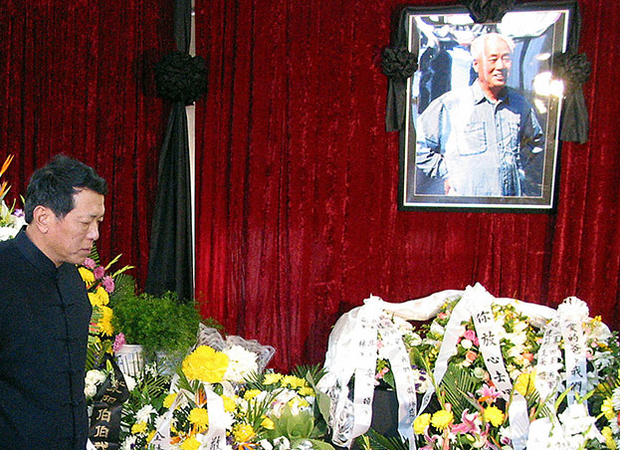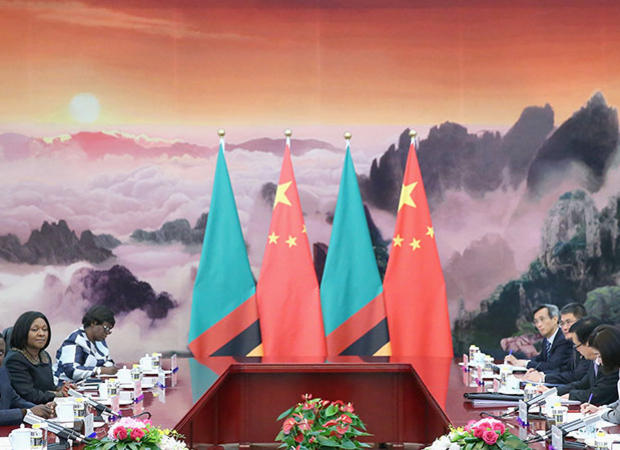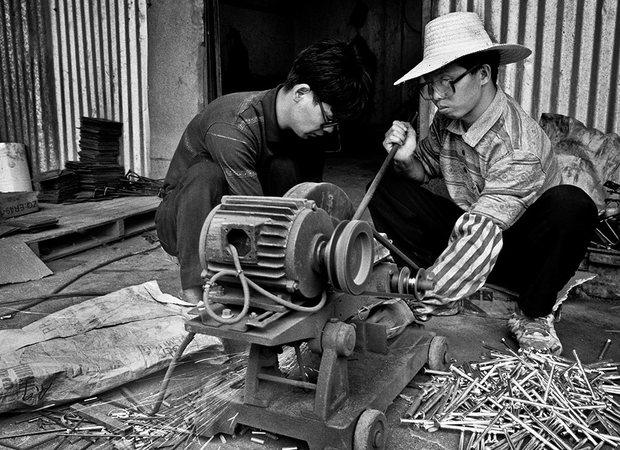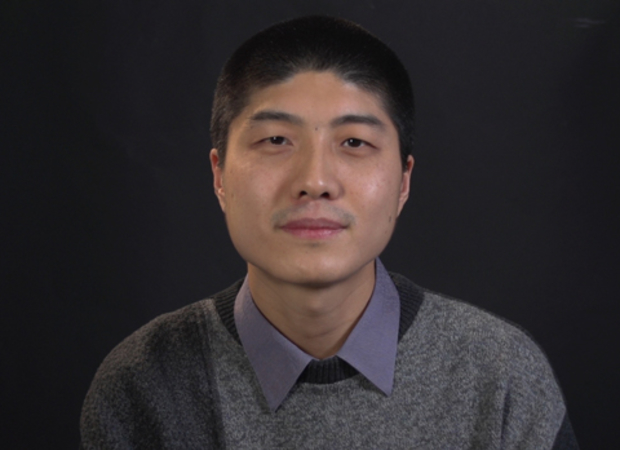Julian B. Gewirtz
on April 10, 2015
Julian Gewirtz served in multiple roles over four years in the Biden administration, including leading the White House team responsible for coordinating U.S. policy on China as Senior Director for China and Taiwan Affairs at the National Security Council, counseling senior White House leadership on the full range of national security and foreign policy matters as Senior Advisor to the Principal Deputy National Security Advisor, and managing a global team of diplomats and analysts as Deputy China Coordinator at the State Department. The Washington Post recently named him one of "50 people shaping our society in 2025."
He is the author of several books, most recently Never Turn Back: China and the Forbidden History of the 1980s, which was named a best book of the year by Foreign Affairs and BBC History, and a collection of poems, Your Face My Flag. He was previously the senior fellow for China studies at the Council on Foreign Relations, a lecturer in history at Harvard and Columbia, and a special advisor at the Department of Energy in the Obama administration. He received his doctoral degree in modern Chinese history from Oxford University, where he was a Rhodes Scholar, and his undergraduate degree from Harvard College.








